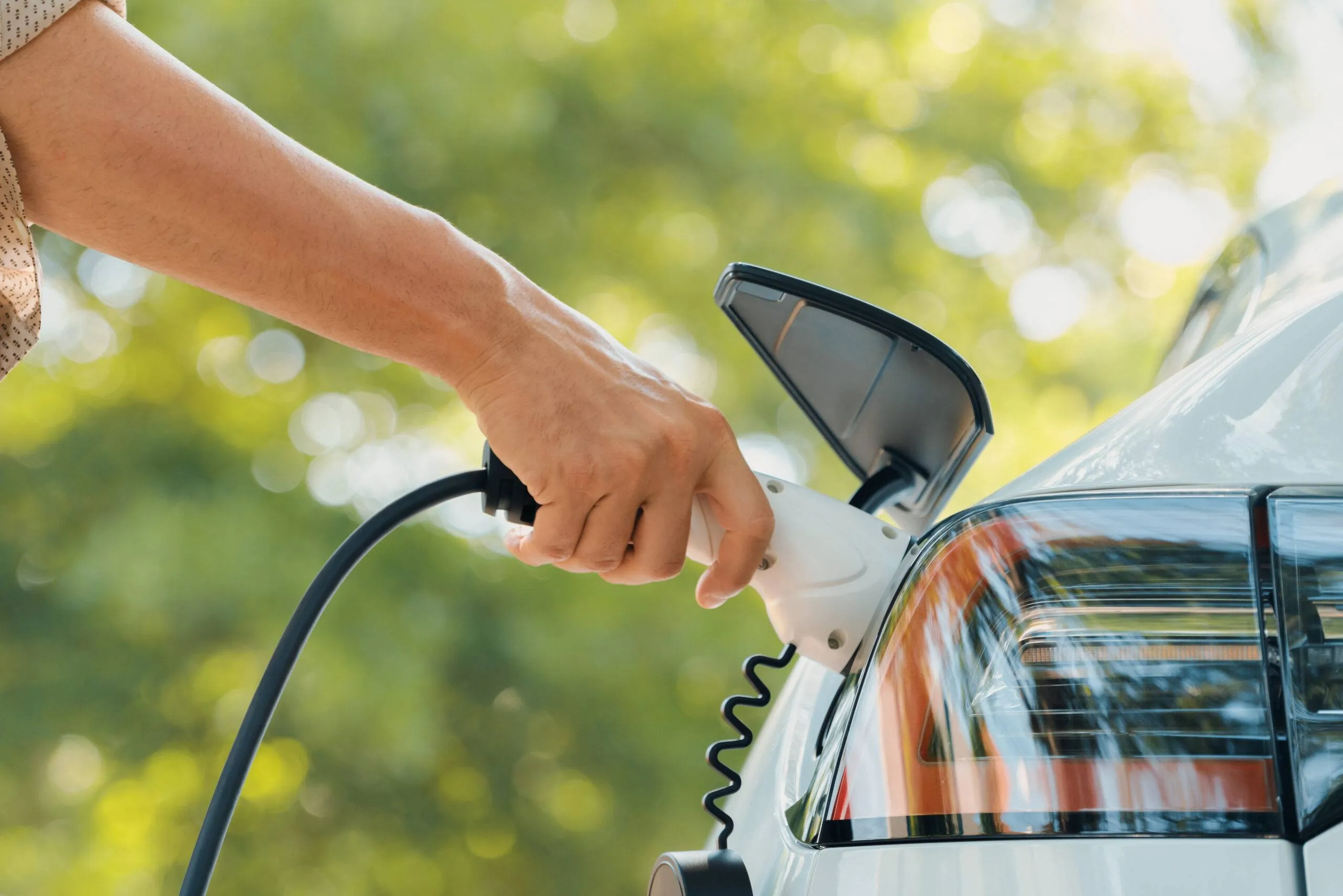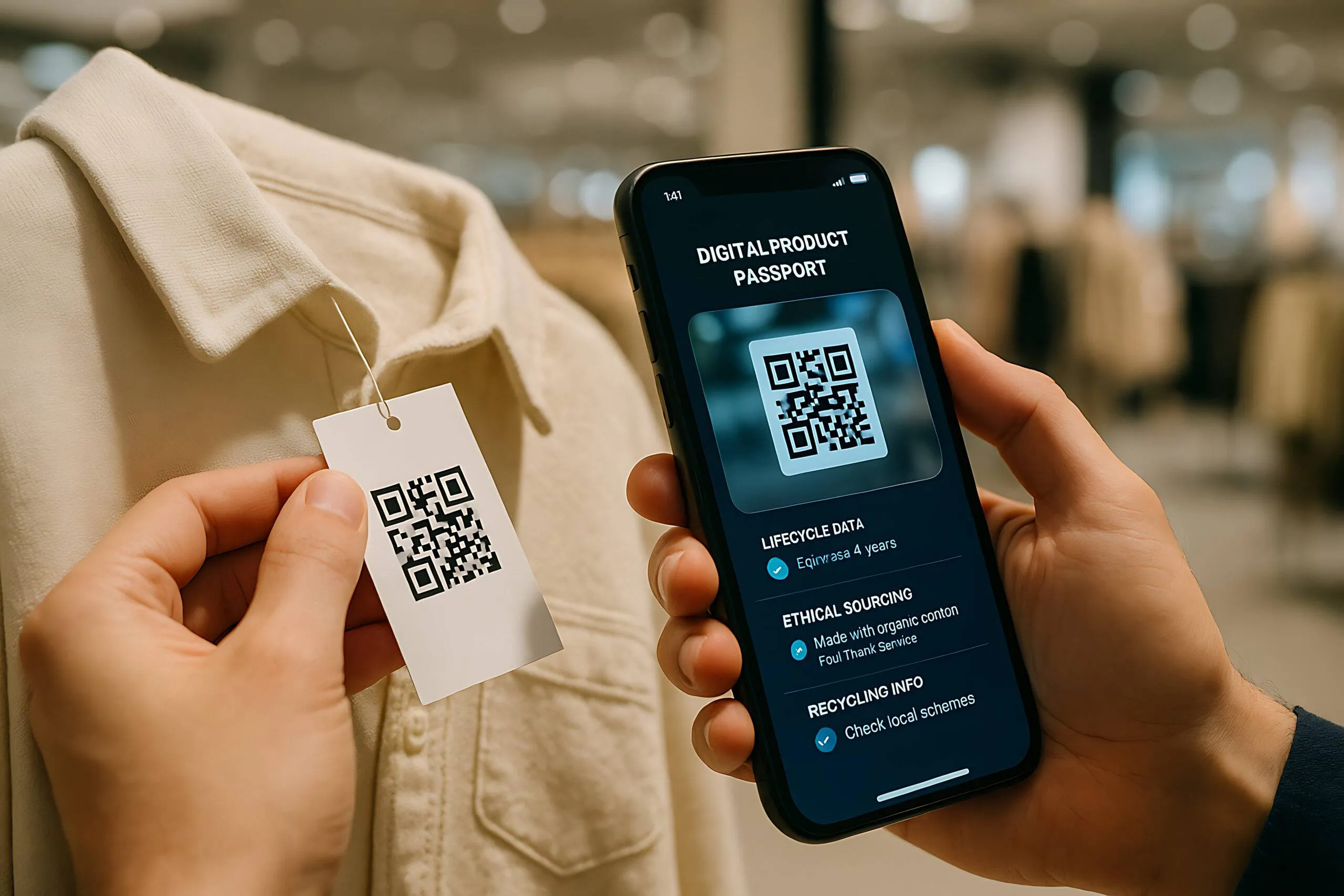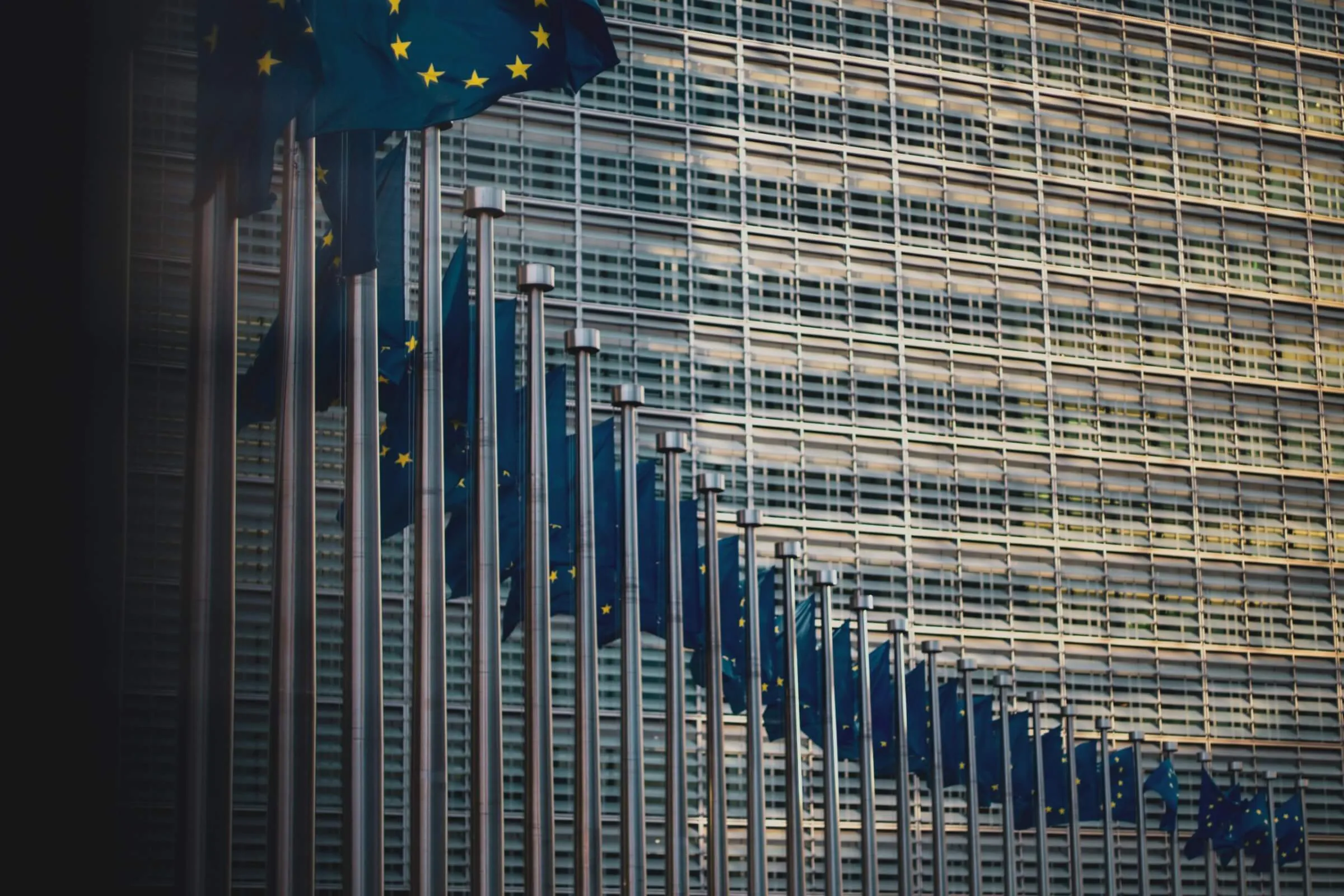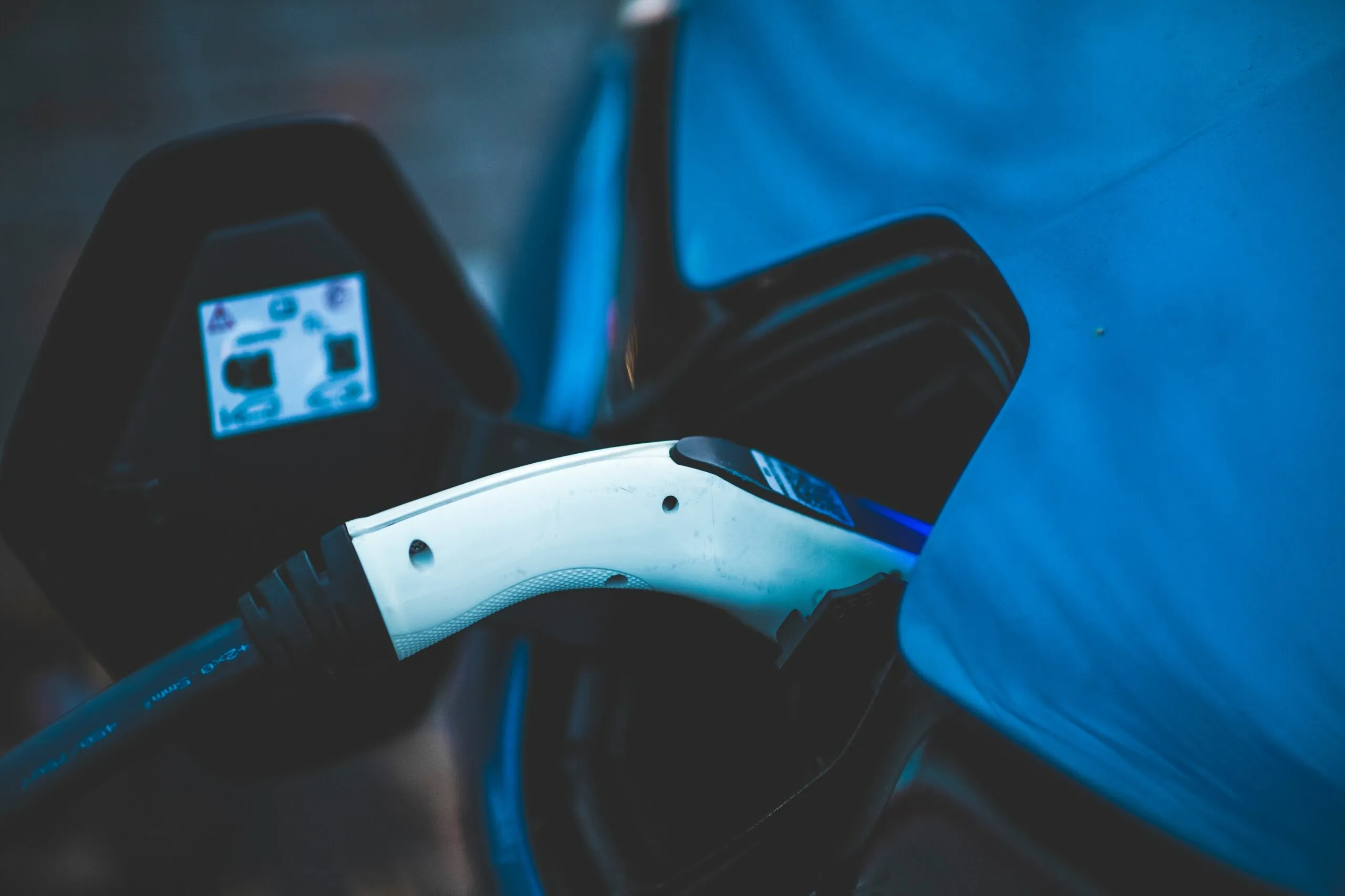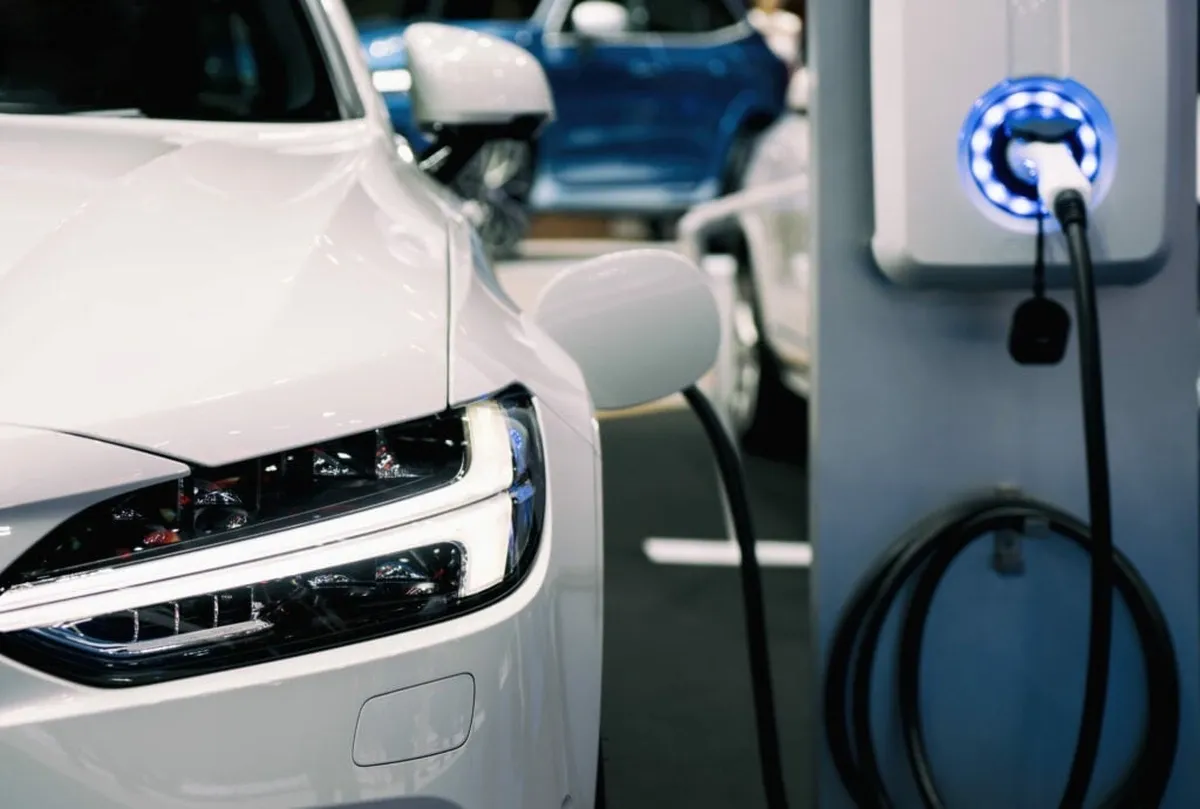
Digital Battery Passport
From February 18, 2027, the EU Battery Regulation requires a Digital Battery Passport (DBP) for EV, LMT, and industrial batteries. Kezzler’s proven traceability platform ensures regulatory compliance – and unlocks new value across your battery lifecycle.
What is a Digital Battery Passport?
A Digital Battery Passport (DBP) is a digital record that stores key information about a battery’s entire lifecycle. It contains structured, machine-readable data with a defined scope set in the Delegated Acts. The DBP is linked to a unique battery identifier and can be accessed electronically through a QR code or other data carrier.
The DBP is the first category of the wider Digital Product Passport initiative. This makes it the benchmark for digital product passport battery compliance and interoperability across industries.
subject to DBP
Battery types covered by the Battery Passport EU requirement
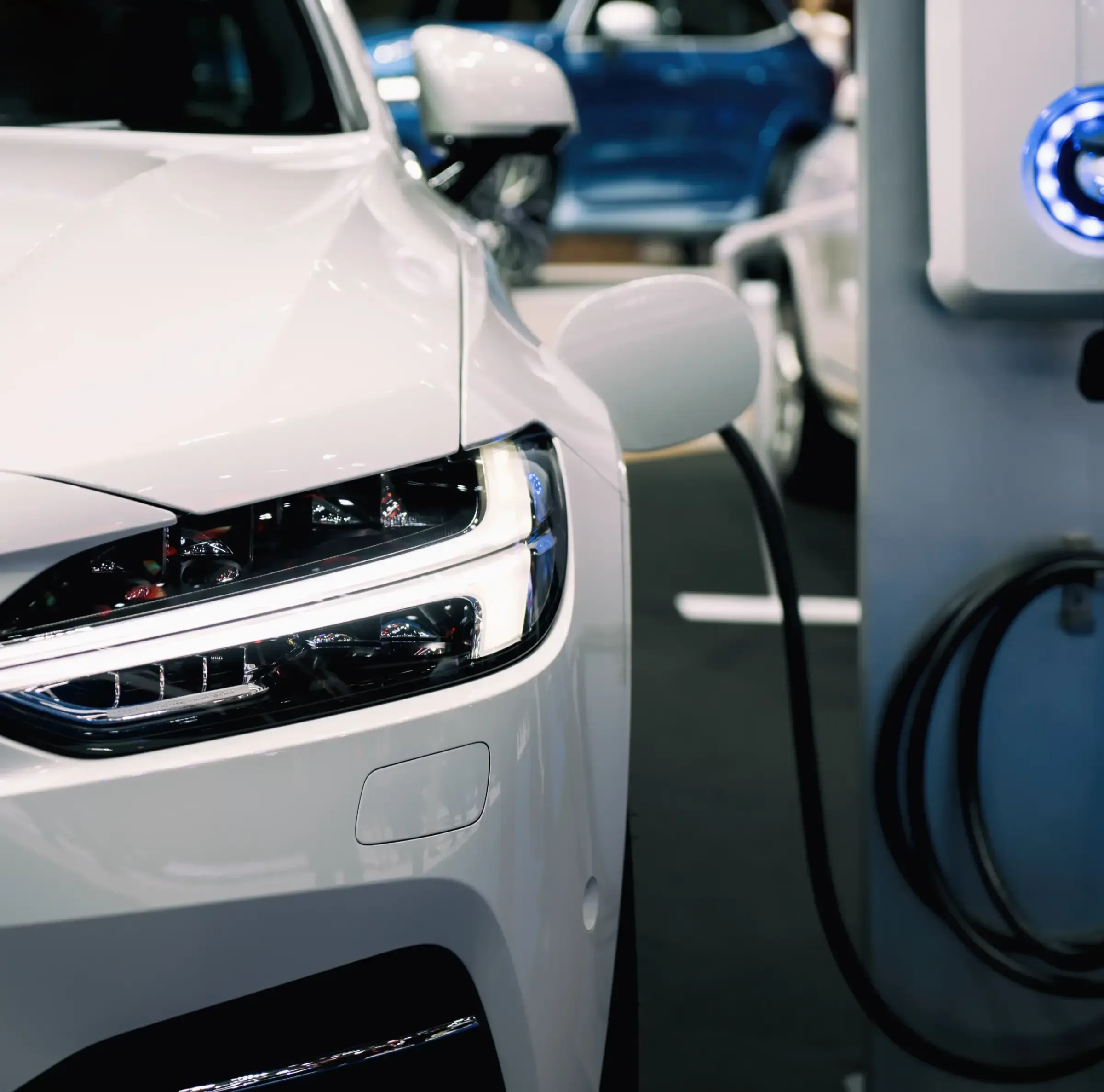
Electric Vehicle (EV) batteries (> 25 kg)
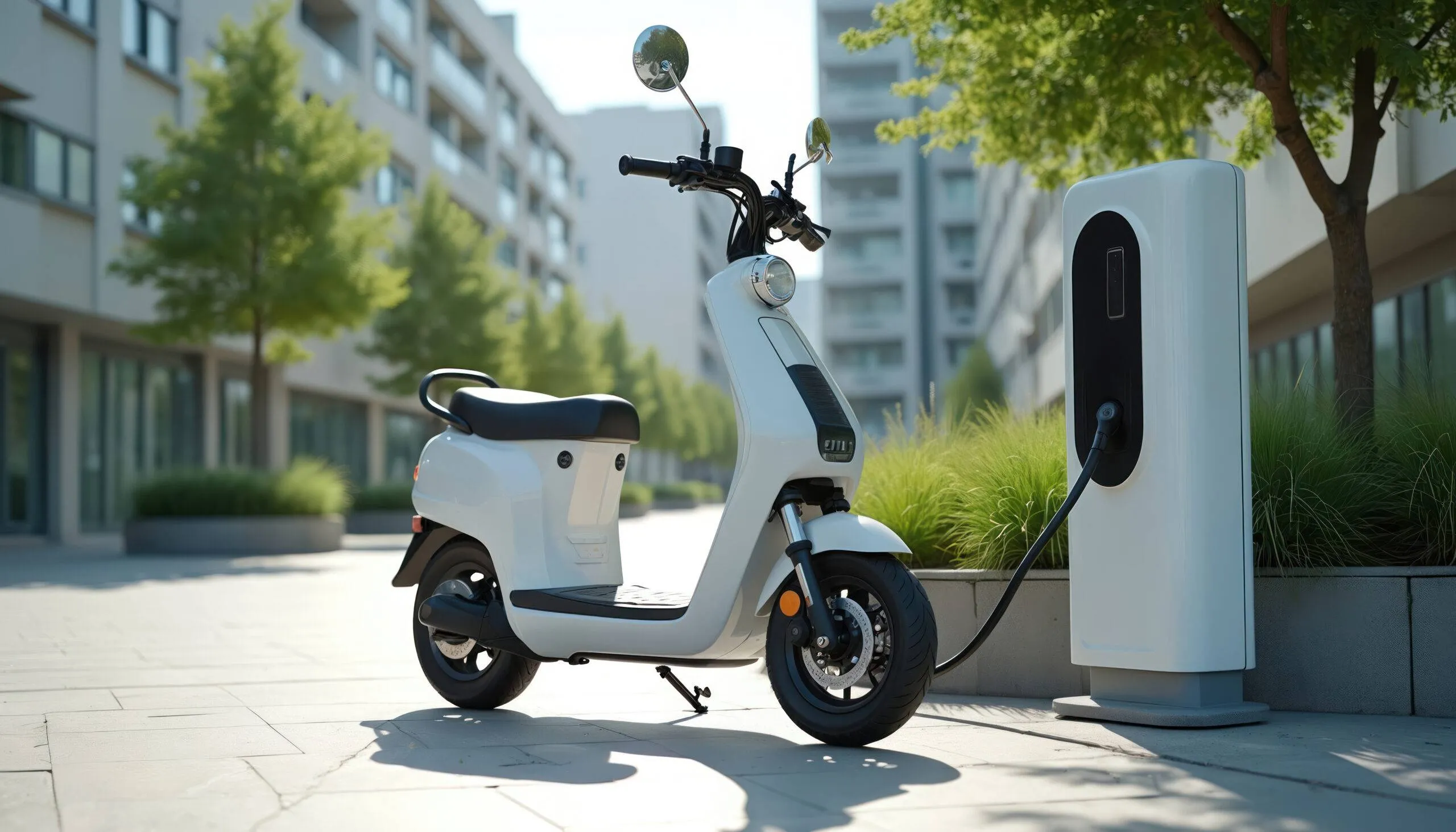
Light means of transport (LMT) batteries (< 25 kg)

Industrial batteries with a capacity greater than 2 kWh.
beyond compliance
Business value of the DBP
New business models
Leverage lifecycle insights to unlock opportunities like Battery-as-a-Service, secondary markets and circular economy revenue streams.
Resilient supply chains
Gain end-to-end visibility from raw materials to end-of-life. Optimise operations, reduce waste, strengthen supplier relationships and lower risks from recalls or compliance gaps.
Circularity & Sustainability
Enable efficient repair, repurposing and recycling, while supporting ESG goals with verified data on carbon footprint, recycled content and responsible sourcing.
Brand trust & Engagement
Share transparent, verifiable data with consumers and partners to reinforce your commitment to sustainability and responsible practices.
Requirements
What data will be required for the Digital Battery Passport?
The EU Battery Regulation entered into force August 2023 and Digital Battery Passport (DBP) will become mandatory starting February 18, 2027 — once delegated acts provide the technical details.1 Until then, companies must anticipate evolving guidelines and stay prepared for compliance. The anticipated data requirements for the DBP include:
- Identification Data: Unique battery ID, manufacturer details, and product specifications.
- Materials & Composition: Information on hazardous substances and recycled content.
- Performance & Durability: Real-time data like State of Health (SoH) and State of Charge (SoC).
- Carbon Footprint: Lifecycle emissions, with methodology to be set via delegated act.
- Circularity: Information to enable disassembly and recycling.
- Due Diligence: Verified sourcing and supply chain data for critical materials such as lithium and cobalt (with compliance deadlines extended).
- Symbols, labels & conformity documentation: Information on labelling, marking and certificates of conformity to ensure that physical markings and digital passport data are aligned with regulatory requirements.

- Information to be included in the battery passport can be found in Annex 13 of the Battery Regulation (the commission reserves the right to amend this in view of technical and scientific progress) ↩︎
WHY Kezzler
Kezzler’s Solution for Digital Battery Passports
Unique digital identity & serialization expertise
Assign secure, cryptographically generated IDs to every battery (cell, module, pack). With 20+ years of serialization know-how, Kezzler ensures trusted lifecycle traceability at global scale.
Cross-sectorial, centralised & scalable data for product passports
Manage static and dynamic DBP data (composition, footprint, SoH, cycles) in one secure, cloud-based platform — always current and compliant. The same system supports cross-sector product passports, making it easy to manage DPPs for other categories alongside DBPs.
Seamless integration with your systems
Connect to ERP, MES, PLM, IoT devices, BMS and supplier systems via standard APIs. Deploy quickly with minimal IT disruption.
Secure supply chain collaboration
Enable safe, auditable data exchange with manufacturers, service providers and recyclers, building trust across the value chain.
Enterprise-grade security & flexibility
Deploy as a managed, dedicated instance with full data isolation. Choose Azure or AWS for cloud-agnostic flexibility, advanced encryption and reliability.
Future-ready compliance & standards
Ensure continuous adherence to the EU Battery Regulation with automated checks, delegated-access workflows and reporting. Built on GS1 EPCIS 2.0 standards, Kezzler’s platform is fully interoperable with the EU Digital Product Passport system, keeping you aligned as regulations evolve.

readiness checklist
How to prepare for the DBP
RESOURCES
Valuable resources to help you stay ahead
Next Steps
Take the next steps toward DBP readiness

Get in touch
Contact us to explore our platform’s features and understand how it supports seamless preparation for Digital Battery Passport (DBP) implementation, ensuring you stay ahead of industry requirements.
Let’s talk

Stay informed
Stay informed on the latest trends and updates in apparel traceability and regulatory compliance. Subscribe to receive industry news, insightful articles, and updates on how Kezzler’s solutions can help you stay ahead.
FAQS
Have questions? We’ve got answers.
How do access levels work in the Digital Battery Passport?
Access to DBP information is managed through a tiered system. The Battery Regulation distinguishes between three groups:
- The General Public — limited, high-level product data.
- Authorities & notified bodies — full access for compliance and market surveillance.
- Parties with legitimate interest (e.g., recyclers, repairers) — access to relevant lifecycle and sustainability data.
This ensures transparency where needed, while protecting sensitive business information.
How does the Digital Battery Passport relate to the Digital Product Passport?
The DBP is the first category of the EU’s broader Digital Product Passport (DPP) framework. It sets the technical and governance standards that other industries will follow under the Ecodesign for Sustainable Products Regulation (ESPR). Companies dealing with batteries today will gain an advantage when DPP obligations expand to other product groups.
What is the regulatory timeline for the EU Battery Passport?
The EU Battery Regulation entered into force in 2023. Key DBP requirements apply from February 18, 2027 for EV, LMT and industrial batteries above 2 kWh. Additional delegated acts will provide detailed implementation rules, including technical standards, reporting formats and stakeholder access rights.
What if a non-EU manufacturer (e.g., from China) sells batteries in Europe?
The responsibility for creating and maintaining the Digital Battery Passport lies with the economic operator placing the battery on the EU market. That means if a Chinese manufacturer exports to Europe, either they, their authorised EU representative, or the importer must ensure a compliant DBP is in place. Without it, the batteries cannot legally be sold or put into service in the EU.
What happens if a company does not comply with DBP requirements?
Non-compliance can lead to loss of EU market access, fines, and reputational damage. For global manufacturers, this means that batteries without a valid passport cannot legally be sold or put into service in the EU.
